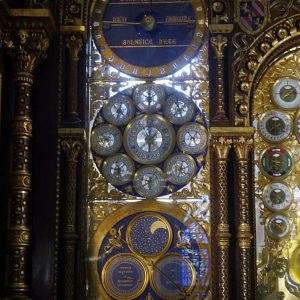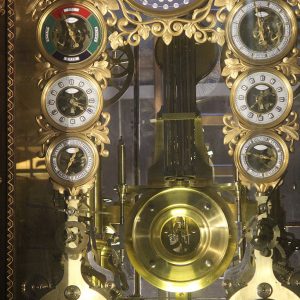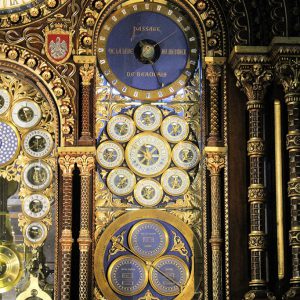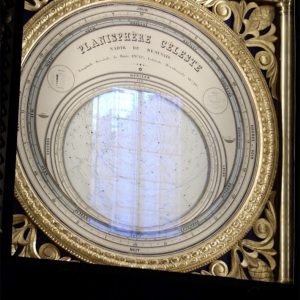That's a clock!
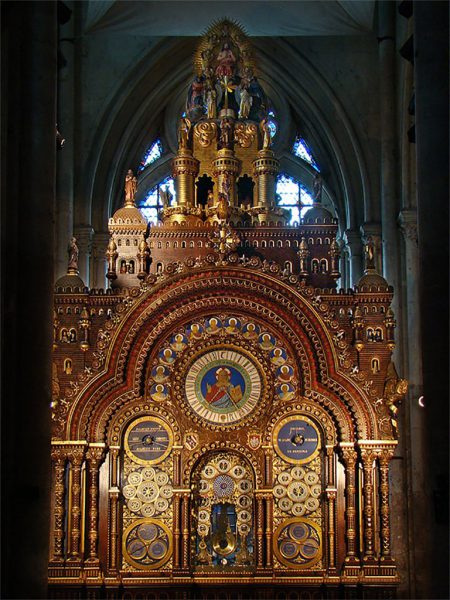
Perth Observatory has its Kulbergs and its Shortts … but they are not clocks. At least not in the same sense as the Astronomical Clock in Beauvais Cathedral in northern France. Never was Paul Hogan’s line in “Crocodile Dundee” so convincingly apparent than when we saw this masterpiece of the clockmaker’s art The work of Auguste Lucien Verite [1806 -1887], this ‘exceptional collection’ of 9000 wheels, levers, rods and gears bring together all the known details of timekeeping in a staggering 52 dials. As if this was not enough, there are also 68 automata displaying the religious ‘raison d’etre’ for this clock.
After three years in construction, there is astonishing beauty in both the dials and the mechanical workings which are unfortunately not very visible. The Beauvais Clock is not the only masterpiece created by Verite. In Bescanon there is one similar but smaller and there are numerous other examples of his work although not all are readily accessible or in such remarkable condition.
There are also other astronomical clocks to be found around Europe and they are more than worth the effort to locate.
The pictures show:
The Main clock with its centre, left and the right collection of dials.
The left-hand group of dials are:
The outer ring at the bottom: the date & saint of the day. Within this ring, the three dials show the phases and the epact of the Moon and the meantime of the Moon’s passing through the Beauvais meridian.
The nine dials above show the local time and the time in eight other French towns. The top dial shows the Sun’s rise and set times at Beauvais.
On the left lateral side, there are three dials: they show the tide times at Mont St Michel, a celestial map [dial 43, see picture] and the dates of solar eclipses visible from Beauvais.
The movements of the planets around the Sun are shown on Dial 45 on the right lateral side which is unfortunately not visible to the public

